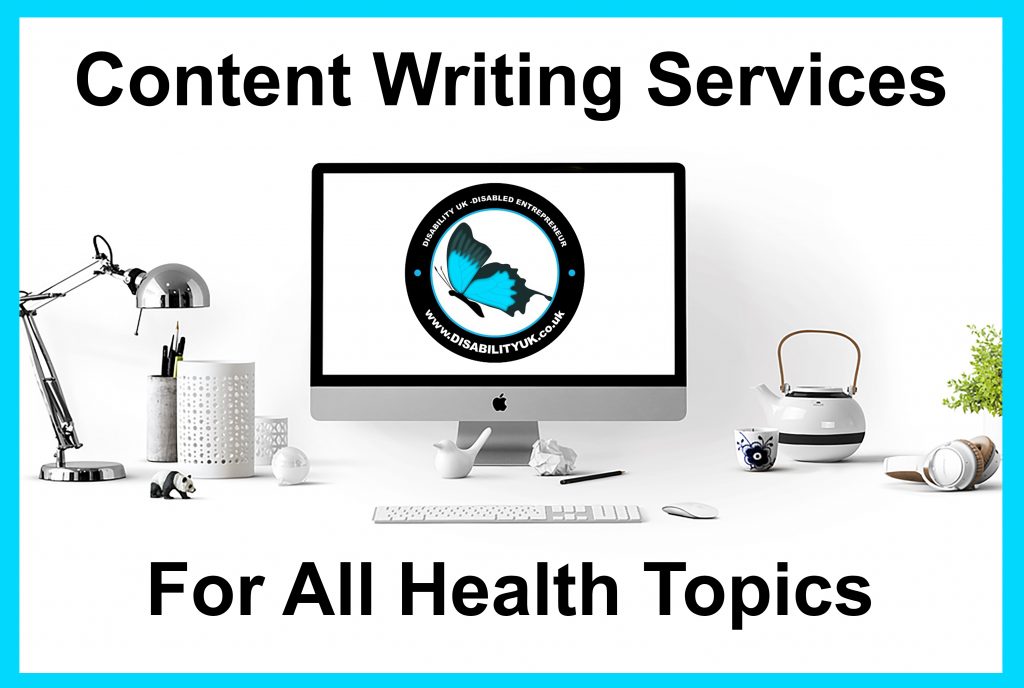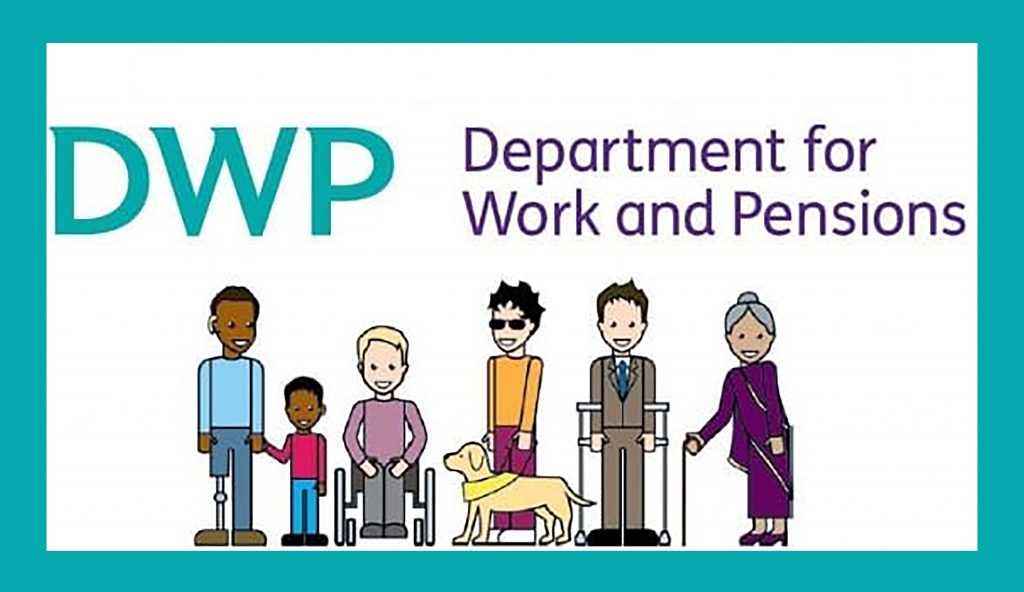
Battling Demons: Alcoholism Among Veterans
Alcoholism is a widespread and devastating problem that affects people from all walks of life. However, one group that is particularly vulnerable to this issue is military veterans. The challenges faced during and after military service can lead some veterans down a path of alcohol dependence, creating a complex and pressing issue that deserves attention and understanding.
The Silent Struggle
The life of a military veteran is marked by unique experiences and challenges, including combat deployments, extended periods of separation from loved ones, and the stress of adapting to civilian life. These experiences can take a heavy toll on a veteran’s mental and emotional well-being. As a result, many veterans turn to alcohol as a means of coping with their trauma, anxiety, and depression.
1. Trauma and PTSD: Exposure to traumatic events during active service can lead to post-traumatic stress disorder (PTSD) in veterans. The symptoms of PTSD, including intrusive memories, flashbacks, and emotional numbing, often drive individuals to seek solace in alcohol. They may use alcohol to self-medicate and temporarily escape from the haunting memories of their service.
2. Transition to Civilian Life: Reintegrating into civilian life can be challenging for veterans. They may struggle to find employment, establish a sense of purpose, or build a support network. The isolation and lack of structure that sometimes accompany civilian life can increase the risk of alcohol abuse.
3. Comorbid Mental Health Issues: Many veterans face mental health issues such as depression, anxiety, and substance use disorders in addition to PTSD. Alcohol is often used as a way to alleviate these co-occurring conditions, even though it ultimately exacerbates them.
The Consequences
Alcoholism among veterans has far-reaching consequences, not only for the individuals affected but also for their families, communities, and society as a whole. Some of the consequences include:
1. Health Problems: Excessive alcohol consumption can lead to a range of physical health issues, including liver disease, heart problems, and an increased risk of accidents and injuries.
2. Relationship Strain: Alcoholism can strain relationships with loved ones, leading to marital problems, family conflicts, and social isolation.
3. Employment Issues: Veterans struggling with alcoholism may have difficulty maintaining steady employment, which can further exacerbate their financial and mental health challenges.
4. Legal Problems: Drunk driving, public intoxication, and other alcohol-related offenses can lead to legal problems and involvement with the criminal justice system.
5. Suicidal Ideation: Veterans with alcoholism are at a higher risk of suicidal ideation and suicide attempts. The combination of alcohol abuse and untreated mental health issues can be particularly lethal.
Seeking Help and Support
Recognizing the problem and seeking help is the first step towards recovery. Fortunately, there are numerous resources available to veterans struggling with alcoholism:
1. Department of Veterans Affairs (VA): The VA offers a range of mental health and substance abuse services for veterans. These services include counseling, therapy, and inpatient treatment programs. Office for Veterans’ Affairs – GOV.UK (www.gov.uk)
2. Support Groups: Veterans can benefit from joining support groups like Alcoholics Anonymous (AA) or groups specifically tailored to veterans dealing with substance abuse issues.
3. Community-Based Programs: Many communities have programs and resources dedicated to helping veterans with substance abuse problems. These may include counseling services, vocational training, and housing assistance.
4. Veteran Service Organizations: Organizations like the American Legion and Veterans of Foreign Wars (VFW) often have resources and support networks for veterans struggling with alcoholism.
5. Professional Treatment: In some cases, professional treatment at rehabilitation centers may be necessary to address severe alcohol dependence.
Ways To Help Veterans With Mental Health & Alcoholism
Supporting veterans with mental health challenges and alcoholism is a vital and compassionate endeavor. These individuals have sacrificed much for their country, and we must help them on their path to recovery and healing. Here are some ways to assist veterans facing these issues:
- Promote Awareness and Reduce Stigma: Foster an environment where open discussions about mental health and addiction are encouraged and stigma is reduced. This encourages veterans to seek help without fear of judgment.
- Educate the Community: Conduct community workshops, seminars, and events to educate the public about the challenges veterans face, including mental health issues and alcoholism. Promote understanding and empathy.
- Support Veteran Service Organizations: Volunteer with or donate to organizations such as the American Legion, Veterans of Foreign Wars (VFW), or Disabled American Veterans (DAV). These organizations often provide essential support to veterans.
- Offer a Listening Ear: Sometimes, veterans just need someone to talk to. Be available to listen without judgment when they want to share their thoughts and experiences.
- Encourage Professional Help: Encourage veterans to seek professional help from mental health providers and addiction specialists. Provide information on available resources and assist with scheduling appointments.
- Foster a Supportive Network: Create a network of friends and family who can provide emotional support. Having a strong support system can make a significant difference in a veteran’s recovery journey.
- Supportive Housing Programs: Support initiatives that provide stable housing for veterans. Stable housing can be a crucial factor in their recovery from alcoholism and mental health issues.
- Employment Assistance: Assist veterans in finding meaningful employment. Stable employment can provide structure and purpose in their lives, reducing the risk of relapse.
- Encourage Healthy Activities: Promote physical fitness and healthy lifestyle choices. Regular exercise and a balanced diet, taking up a hobby, can have a positive impact on mental health and addiction recovery.
- Veteran Peer Support Groups: Connect veterans with peer support groups where they can share experiences and coping strategies with others who have faced similar challenges.
- Access to VA Services: Help veterans navigate the Department of Veterans Affairs (VA) system to access mental health services, addiction treatment, and other benefits they may be entitled to.
- Awareness of Triggers: Be aware of potential triggers for their alcoholism or mental health issues and help them avoid or cope with these triggers. This might include avoiding certain places or situations.
- Family Counseling: Encourage family counseling and therapy to help families understand and support their veteran loved ones effectively.
- Emergency Contacts: Make sure veterans have access to emergency contacts, including crisis hotlines and local mental health crisis centers.
- Advocate for Policy Changes: Advocate for policies that improve access to mental health and addiction treatment for veterans, as well as policies that address the unique challenges they face in transitioning to civilian life.
- Stay Informed: Stay informed about the latest developments in the field of mental health and addiction treatment to provide veterans with the most up-to-date information and resources. Veterans And Substance Abuse: Scope, Risks, And Treatment – Addiction Resource
Remember that each veteran’s journey is unique, and the level of support they need may vary. Being patient, empathetic, and persistent in offering help can make a significant difference in the lives of veterans struggling with mental health and alcoholism.
Further Reading
Alcoholism Symptoms And Warning Signs – Addiction Center
Conclusion
Alcoholism among veterans is a complex and multifaceted issue rooted in the unique challenges they face during and after military service. Society must recognize the struggles of veterans and offer them the support and understanding they need to overcome alcoholism. By providing access to mental health services, addiction treatment, and a strong support system, we can help veterans on their journey to recovery and healing. The road may be difficult, but with the right resources and support, veterans can regain control of their lives and find hope for a brighter future.
Rehab Links UK & USA
- https://www.rehab4addiction.co.uk/
- https://rehabsuk.com/
- https://addictionsuk.com/
- https://rectoryhealthcare.com/
- https://www.recovery.org.uk/
- https://www.actiononaddiction.org.uk/
- https://www.mind.org.uk/
- https://www.ukat.co.uk/
- https://www.nhs.uk/live-well/addiction-support/drug-addiction-getting-help/
- https://www.rehab4addiction.co.uk/addictions/cocaine-addiction
- Private Addiction Rehab & Mental Health Hospital | Priory (priorygroup.com)
- Private Addiction Rehab Treatment Clinics In The UK | Abbeycare (abbeycarefoundation.com)
- Addiction and mental health | Support | Bupa UK
- Private Alcohol Rehab and Drug Rehab Clinic | Cassiobury CourtWorld’s Best Luxury Rehab Center & Mental Health Clinic [Mallorca, Europe] (thebalance.care) MALLORCA
- Love Addicts — Love AddictsPrivate Rehab (private-rehab.co.uk)Treatment – NEOVIVA (SWITZERLAND)
- https://www.addictiongroup.org/ (USA) https://www.chaptersrecoverycenter.com/ (USA) https://firstcityrecoverycenter.com/ (USA) https://idahorecoverycenter.com/ (USA)
- https://jaywalkerlodge.com/ (USA)
- https://orlandotreatmentsolutions.com/ (USA)
- https://cascobayrecovery.com/ (USA)
- https://www.thefreedomcenter.com/ (USA) https://www.sperorecovery.org/ (USA)
- https://theridgertc.com/ (USA)
- https://www.recoverintegrity.com/ (USA) https://www.southjerseyrecovery.com/ (USA) https://www.acquarecovery.com/ (Utah -USA) https://goldengaterecovery.com/ (San Francisco – USA) https://immersiverecovery.com/ (USA)
- https://lagunashoresrecovery.com/ (Orange County – USA) https://santabarbararecovery.com/ (Santa Barbara – USA) https://trueliferecovery.com/ (Orange County – USA) https://magnoliacitydetox.com/ (Texas -USA)
- https://www.atoncenter.com/ (California – USA)
- https://villakalima.com/ (California -USA)
- https://www.ambrosiatc.com/ (Florida – USA)
- https://www.addictionresource.net/veterans-resources/ (UK & USA)
ADVERTISEMENT

#drugaddiction #drugabuse #alcoholabuse #alcoholism #alcoholics #alcohol #rehab #priory #bupa #veteranssupport #mentalhealth #veteransalcoholism #veteransdrugabuse #rehabuk #rehabusa #ptsd









